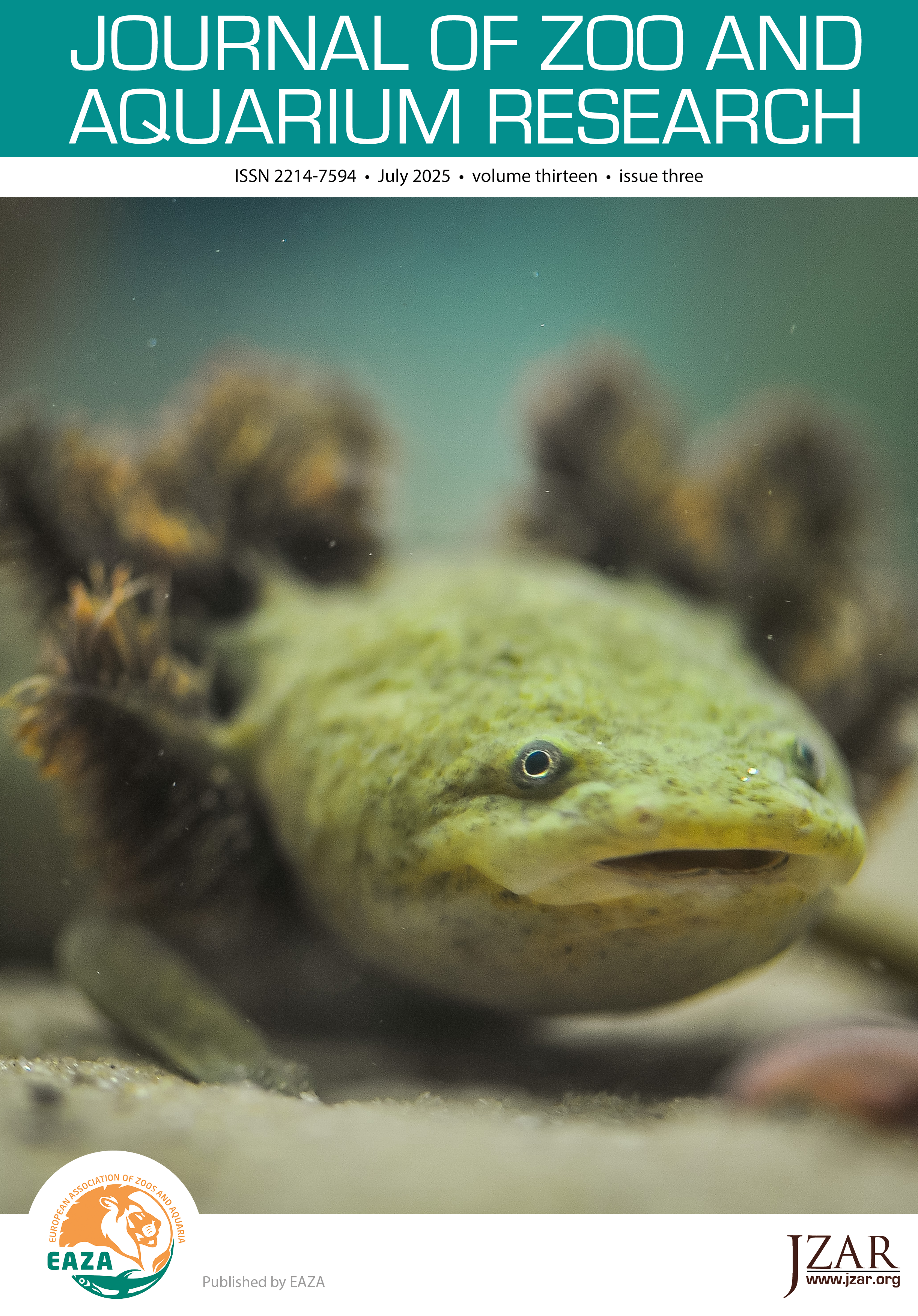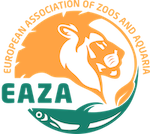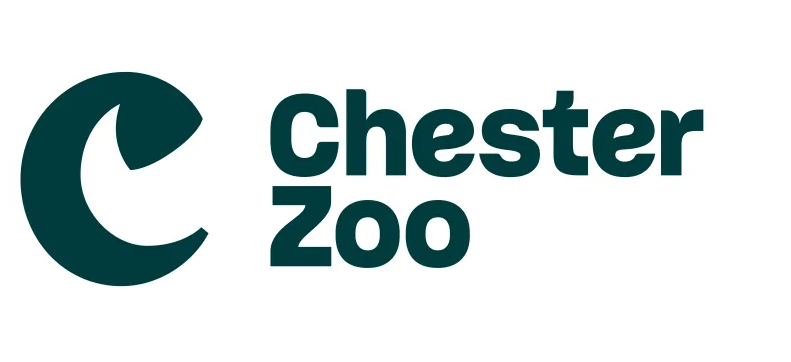Husbandry and management interventions for the conservation and welfare of captive animals – a systematic evidence map
DOI:
https://doi.org/10.19227/jzar.v13i3.837Keywords:
animal welfare, captive management, evidence synthesis, literature scan, taxonomic biasAbstract
Zoos and aquariums are poised to play increasingly important roles in mitigating the global biodiversity crisis. However, the ultimate success of ex-situ conservation depends on animal welfare and effective husbandry and management practices. As such, an empirical understanding of ‘what works’ in zoo management is crucial for guiding success and embedding cost-effective practices. Here, we present the first systematic evidence map for husbandry and management interventions used in zoos and aquariums. We identified and extracted 1,070 articles spread across 45 journals, and examined patterns within taxonomic, spatial, temporal, and thematic categories. Studies originated from 516 institutions in 69 countries, and focused on 637 species. We listed 424 husbandry and management interventions used by ex-situ managers, based on a pilot study, consultations with an advisory board of expert practitioners, and the published literature. We found published evidence for the effectiveness of 90% of those interventions, with some (e.g. diet modification and enclosure enrichment) being more studied than others (e.g. animal behaviour management and visitor management). Clear biases were observed in the spatial and taxonomic focus of studies, with evidence being principally generated from institutions in Western Europe, North America, and Australia (77.4% of included studies), and most evidence (65.2% of included studies) focusing on mammals. Evidence from standalone aquariums was particularly scant. This article (and linked database) provides practitioners with a systematic and comprehensive resource detailing evidence-based studies of zoo management interventions to inform their decision-making. It also identifies opportunities for prioritising evidence synthesis and clear evidence gaps for future investigation.
Downloads
Published
How to Cite
Issue
Section
License
JZAR fulfils the DOAJ definition of open access and provides free and open access to the full text of all content without delay under a Creative Commons licence. The copyright holder of JZAR publications grants usage rights to third parties, allowing for immediate free access to the work and permitting any user to read, download, copy, distribute, print, search, or link to the full texts of articles.







